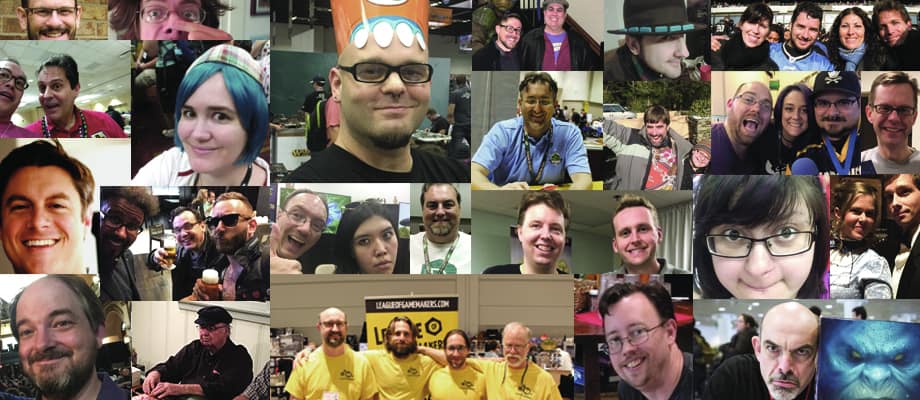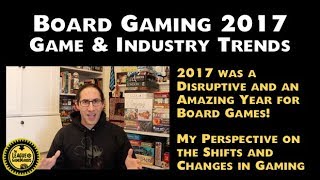You’re sitting at the table with four of your closest friends, playing a rousing game of Brains, Grains, and Trains. You play a zombie card triumphantly… only to find out that’s exactly what the next player needed. Turns out, brains look a lot like wheat bushels upside down.
Later, you’ve got a hand full of cards. You don’t want to tip your hand, but you just don’t get what the icons are trying to tell you. Are you supposed to trade it for four train pieces? Trade it for any other four trains from the discard pile? Rip it into pieces and distribute it to your opponents?
WHAT ARE THESE ICONS? AND HOW CAN WE MAKE THEM EASY TO READ?
Welcome to the Board Game Icon Crisis Hotline. For English, press 1. For German, press 2. For Spanish, press 3…
WHAT IS AN ICON LANGUAGE?
It’s a series of graphic symbols used to quickly and easily convey the key rules, actions, and concepts of your game. A good game icon language balances two things: being unique to the setting of your game, and being recognizable. And like a lot of graphic design, while it’s very easy to spot when an icon language is not working, if you’re doing it well, the language should be intuitive to speak and read after a few turns of your game.
WHY SHOULD AN ICON LANGUAGE BE UNIQUE?
Because a good theme can engage and empower the mechanics of your game, and you carry it through all aspects of the game’s graphic design. Think of them like verbs in writing. Sure, you can just use the word “fight”. But if you want an engaging story, you might think of some different ways of conveying that concept.
Do you dress your iconography up with a magical arcane look to compliment your fantasy game? Or maybe blocky simple shapes that are more friendly and fun? Your choice of language when it comes to iconography can be the difference between “battle” and “smack-down”, and subconsciously affect how players feel about the experience.
For a “dungeon-crawl fantasy” theme, a sword seems like a logical choice to represent attacking. But Baldrick’s Tomb and Ascension have two unique ways of showing them that reinforce the two distinct spirits of each game.
THINGS YOU CAN DO TO MAKE YOUR ICON LANGUAGE UNIQUE:
- Tie them into the art style of your illustrations, by either using the same medium, color palette, or techniques.
- Search for icon sets on stock illustration sites like iStock that you can adapt to your theme.
- Consider a bold framing element for otherwise neutral icons to give them flair.
THAT SAID, WHEN YOU NEED A DUCK, DON’T USE AN ALBATROSS.
The second part of your language is recognition. If you use a word or sentence structure that’s too obscure, people won’t understand what you’re saying and have to break from the gameplay to read your rules, or maybe give up entirely because there are too many roadblocks to engaging with your game. And since board gaming is enjoyed by audiences from different cultures and backgrounds, using symbols that are part of everyone’s language can be tricky.
THINGS THAT YOU CAN DO TO MAKE YOUR ICONS RECOGNIZABLE:
- Research how your concepts are depicted in other places with a Google search or by looking around The Noun Project.
- Show them to a lot of people to see how intuitive they are.
- Sometimes, even an unusual icon can be learned while playing the game (like the weird pink flame in Kingsburg), so show them to people in the context of the game as well to see if the read of your icons is an issue.
- If the concepts are too complex and you’re having to mash up your icons in weird ways to get your point across, consider using text instead of icons to more effectively reach your audience. (I’m looking at you, Lewis and Clark.)
Strange pink ghost or possessed cotton candy ball? Even obscure icons like the “peek” icon in Kingsburg can be learned if used sparingly.
THE WORDS IN YOUR LANGUAGE
Telling one word apart from another within your icon language adds a whole new layer of consideration. In a setting like board games where we often see one icon next to another, or look at them from different orientations around the table, or want to be inclusive of vision challenges, having an easy read between them is key.
- Avoid getting too detailed, especially if the icon is going to be small on a card.
- Try breaking up your icons into both simple shapes (square, circle, triangle) and very distinct colors for at-a-glance readability.
- Consider including a glossary of icons in your instructions and on a reference card for each player, especially if your game hinges on understanding a lot of icons.
- Again, a framing element can work wonders on two otherwise similar icons.
Different colors might seem to work fine… until you consider color blindness or the ink printing darker/lighter than you thought it would. Avoid these pitfalls by using shape AND color to set your icons apart.
YOUR TURN!
Have you ever played a game and come across some baffling icons? Or seen a clever use of a symbol someplace? Let us know in the comments!








